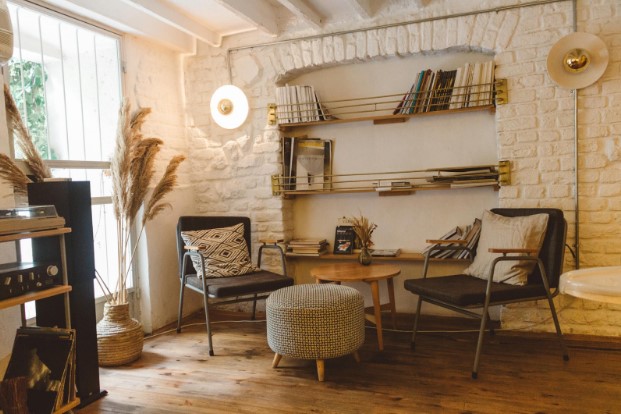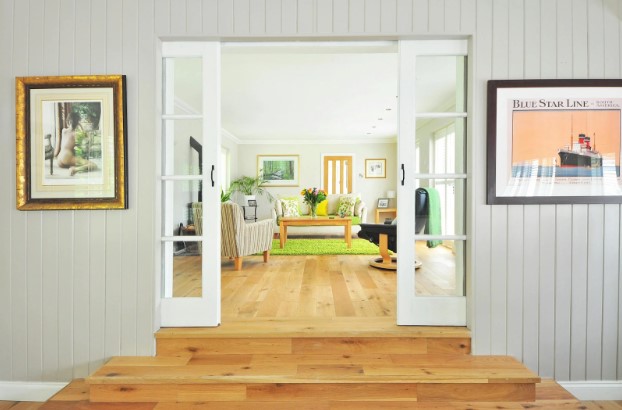Building a custom-made home is a dream for many. This process offers the unique opportunity to create a living space that perfectly matches your vision and needs. Unlike buying a pre-existing house, a custom-built home allows you to decide every detail, from the layout to the finishing touches. However, this journey requires careful planning, significant time investment, and a deep understanding of the various aspects involved. In this guide, we will walk you through the essential steps and considerations in building a custom-made home, ensuring your dream home becomes a reality.

Planning and Budgeting
The foundation of building a custom home is a well-thought-out plan and a realistic budget. Start by determining what you want in your home. Consider the number of bedrooms and bathrooms, the style of the house, special features like a home office or gym, and the overall layout. Once you have a clear vision, you need to establish a budget. This budget should include land costs, construction expenses, permits, design fees, and a contingency fund for unexpected costs.
Consult with a financial advisor to understand your financing options. You might need a construction loan that converts to a mortgage once the building is complete. It’s crucial to have your finances in order before you proceed to ensure you can afford every aspect of your custom home.
Choosing the Right Location
Location is one of the most critical decisions in building a custom home. The location not only affects the value of your property but also your lifestyle. Consider factors like proximity to work, schools, healthcare facilities, and recreational areas. Evaluate the neighborhood’s safety, future development plans, and the overall community vibe.
Visit potential sites at different times of the day to understand traffic patterns, noise levels, and sunlight exposure. Hiring a real estate agent with experience in land acquisition can be beneficial. They can provide insights into zoning laws, soil quality, and other critical factors that could impact your construction plans. A well-chosen location will enhance your living experience and protect your investment.
Assembling Your Team
Building a custom home requires a team of professionals. The first key player is an architect or a designer who will bring your vision to life on paper. Look for someone whose style aligns with your preferences and who has experience with custom homes. During this phase, it’s essential to communicate your ideas clearly and be open to their suggestions.
Next, you need a reliable builder or general contractor. Research local builders, check their references, and review their previous projects. Choose a builder with a strong reputation for quality work and timely completion. Additionally, you might need specialists like a landscape architect, interior designer, and various subcontractors for plumbing, electrical work, and more. Coordination among these professionals is vital to ensure your project runs smoothly and on schedule.
Designing Your Home
The design phase is where your dream starts taking shape. Work closely with your architect to finalize the floor plan and exterior design. Consider how each room will be used and flow into the next. Pay attention to details like ceiling heights, window placements, and storage solutions.
Incorporate energy-efficient features and sustainable materials to make your home eco-friendly and cost-effective in the long run. Think about future needs as well, such as aging in place or accommodating a growing family. Once the design is finalized, the architect will create detailed blueprints that the builder will use during construction. This is also the time to apply for necessary building permits and approvals from local authorities.
Interior Finishes and Customizations
Once the structure is complete, it’s time for the interior finishes. This phase involves installing insulation, drywall, and flooring, as well as plumbing and electrical systems. Pay special attention to the quality and aesthetics of these elements. Choose materials that reflect your style and meet your functional needs.
Customizing your home with unique features adds a personal touch. Consider built-in cabinetry, custom lighting, and smart home technologies. This is also the time to think about paint colors, countertops, fixtures, and appliances. Making these decisions can be overwhelming, but at https://timberhaus.ca/, you can find inspiration and expert advice to guide you through the process. Their resources can help you balance style, functionality, and budget.
The Construction Process
With plans approved and permits in hand, construction can begin. This phase starts with site preparation, including clearing the land, grading, and laying the foundation. The framing follows, creating the skeleton of your home. As walls go up, you’ll see your vision materialize.
It’s crucial to maintain regular communication with your builder. Schedule frequent site visits to monitor progress and address any issues promptly. This hands-on approach ensures that the project stays on track and meets your expectations. Keep detailed records of all transactions, changes, and communications. Staying organized will help manage the project efficiently and avoid misunderstandings or costly mistakes.

Building a custom-made home is a complex but rewarding journey. By following these steps—planning and budgeting, choosing the right location, assembling your team, designing your home, managing the construction process, focusing on interior finishes, and ensuring final inspections—you can create a home that is uniquely yours. The process requires dedication, patience, and meticulous attention to detail, but the result is a personalized sanctuary tailored to your lifestyle and preferences. Embrace the challenge and enjoy the journey toward building your dream home.






